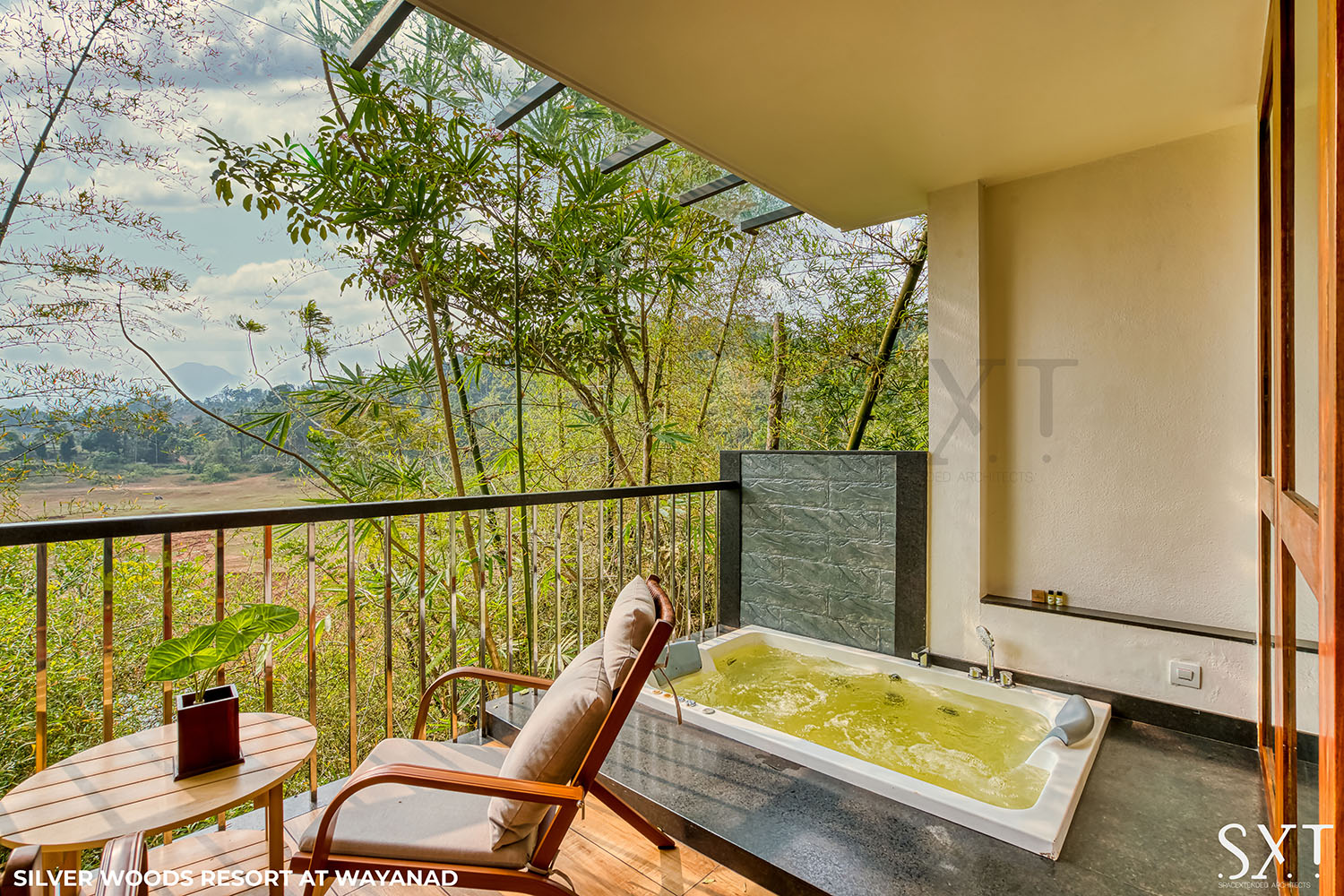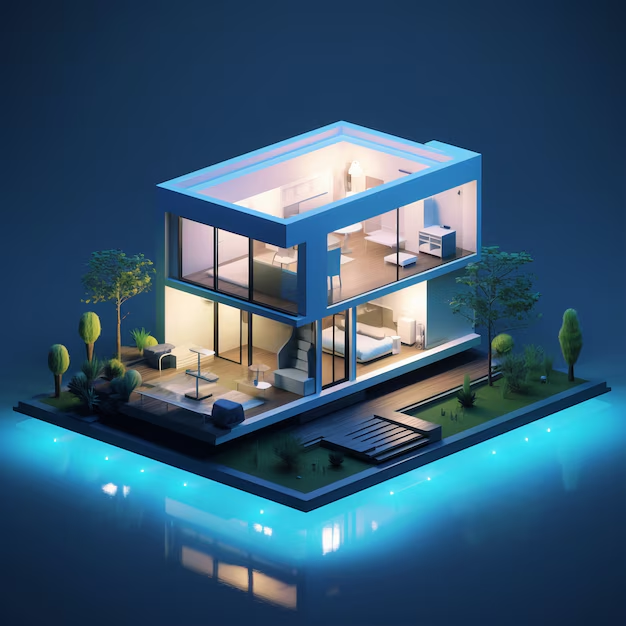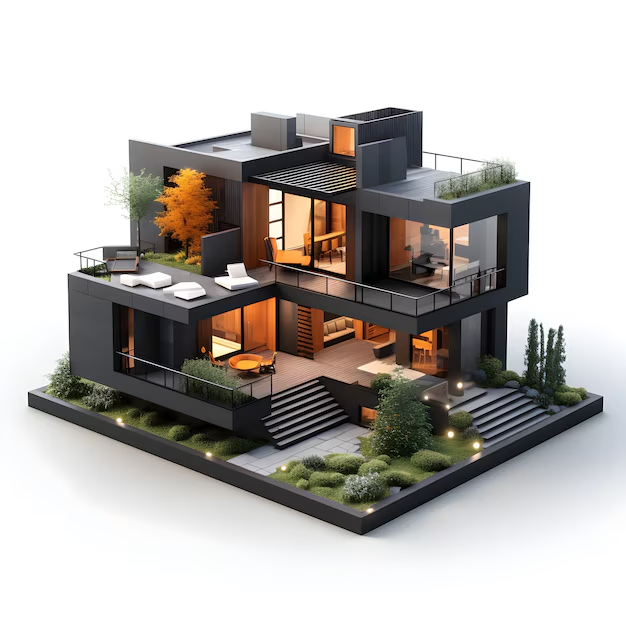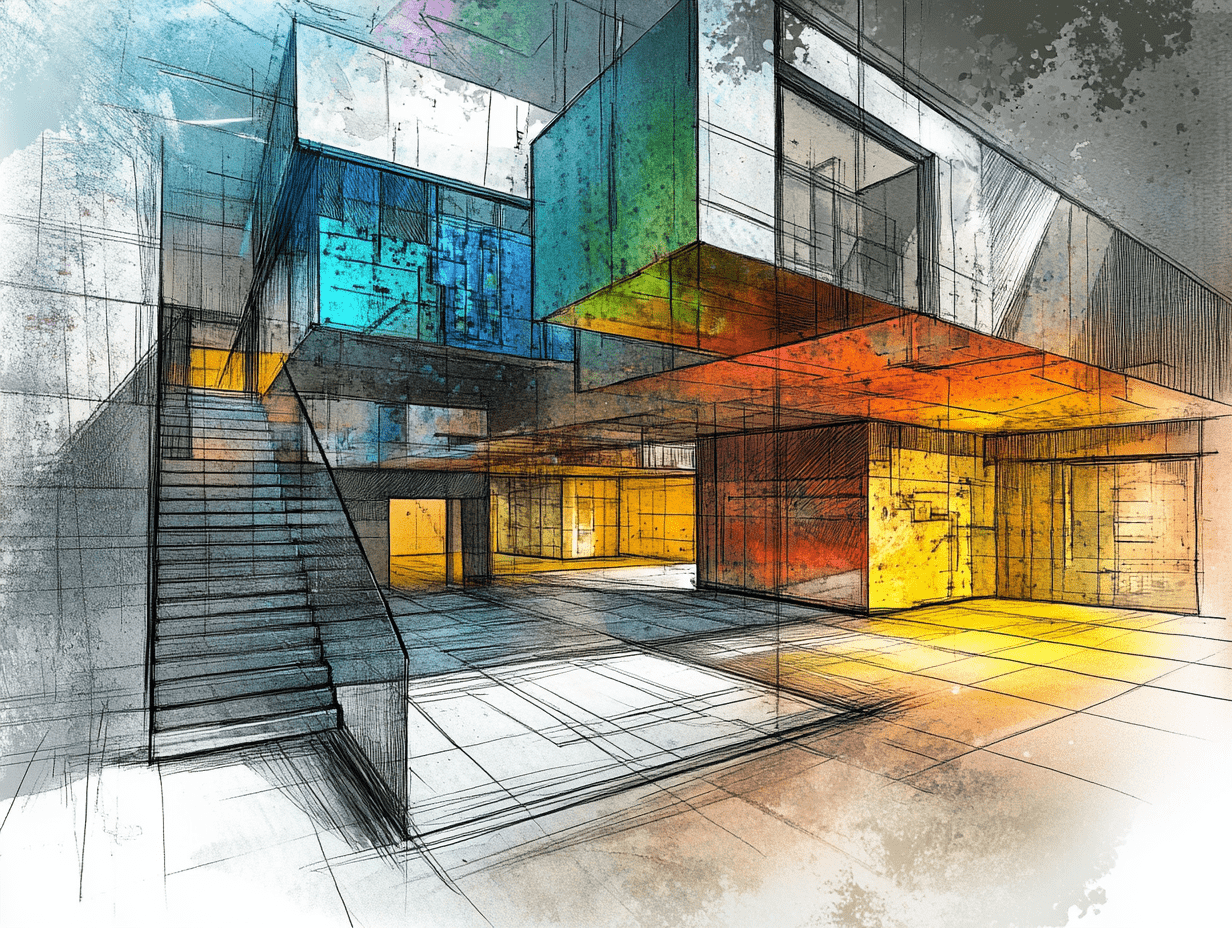SPACEXTENDED ARCHITECTS
Calicut
Bldg No-28/2216 A, Nellikode junction, Thondayad Bypass, Calicut- 673016, Kerala India
Kannur
28/294 , Kannan's Behind Capitol Mall , Muzhathadam Civil Station - P.O , Kannur, Kerala - 670 002 , India
Business
design@spacextended.comCareers
admin@spacextended.com© 2024 Spacextended Architects. All rights reserved.
Key Considerations for Designing Five-Star Properties: Balancing Luxury, Functionality, and Exclusivity

23.10.2024 | By Spacextended Architects
Designing a five-star property is a
sophisticated interplay of precision, luxury, and exclusivity. As the pinnacle
of hospitality architecture, these properties must transcend ordinary standards
to create a space where functionality and opulence coexist seamlessly. For
architects, the challenge lies in balancing the finest elements of comfort and
grandeur with operational efficiency, while ensuring an aura of exclusivity
that appeals to the most discerning clientele.
1. Strategic Site
Planning: Maximizing the Experience
Location is paramount in luxury property
design. The surrounding environment significantly influences the overall guest
experience. When selecting a site, it is essential to ensure that it offers not
just breathtaking views but also functional accessibility. A well-planned site
optimizes natural elements—be it oceanfront vistas or tranquil mountain
backdrops—while seamlessly integrating the property into the landscape.
Moreover, spatial orientation should harness natural light and ventilation to
enhance the sense of openness and luxury without compromising sustainability
principles.
2. Architectural Grandeur
with Purpose
The architecture of a five-star property
must exude elegance without excess, a delicate balance of aesthetic opulence
and practical efficiency. Iconic facades, bold geometric forms, and innovative
material usage are central to distinguishing a luxury property. However,
functionality should never be sidelined in the pursuit of grandeur. The
integration of cutting-edge technology, smart spatial arrangements, and
adaptive modular designs that cater to diverse guest needs ensures the property
is as operationally effective as it is aesthetically stunning. The form must,
therefore, serve the dual purpose of both making a visual statement and
facilitating seamless operations.
3. Interior Design: Where
Luxury Meets Comfort
The interior spaces of five-star
properties must envelop guests in an atmosphere of refined elegance, using
high-end materials, artisanal craftsmanship, and unique design elements. Every
detail, from custom lighting fixtures to bespoke furniture, must be curated to
exude a sense of exclusivity. However, luxury is not solely about grandeur—it
is also about creating an environment where guests feel at home. Interiors must
prioritize comfort while subtly integrating cutting-edge technology for
seamless convenience, such as automated climate control, smart lighting
systems, and intuitive room management systems. The key is to blend these
innovations in a way that enhances the guest experience without overshadowing
the space’s warmth and charm.
4. Sustainability with
Discretion
Modern five-star properties must
incorporate sustainability without compromising their luxury ethos. Architects
are increasingly tasked with implementing green technologies such as rainwater
harvesting, solar power, and advanced energy management systems that remain
unobtrusive to the guest experience. High-efficiency HVAC systems, passive
cooling, and local material sourcing are non-negotiable in today’s
environmentally conscious world, but the execution of these systems must be
subtle. The guest’s experience of unbridled luxury should never feel
compromised by the invisible sustainability measures at play.
5. Functional Fluidity in
Space Planning
Spatial fluidity is a hallmark of
five-star architecture. Public and private spaces should transition smoothly,
offering both communal interaction and intimate seclusion. From grand ballrooms
to private pool villas, each space must be designed with both functionality and
luxury in mind. A high level of customization is essential, as today’s guests
expect personalized experiences. Whether it's through private dining areas,
exclusive spa suites, or modular meeting spaces, the property should be able to
adapt to the specific needs of its high-profile guests while maintaining a
sense of flow and coherence.
6. Creating an Aura of
Exclusivity
Exclusivity is what ultimately sets
five-star properties apart from their competitors. It is not merely about
luxury materials or opulent design; it is about crafting an experience that
feels unattainable to all but the select few. This can be achieved through
limited access amenities such as members-only lounges, private pools, and VIP
concierge services that cater to the most elite guests. Additionally, the
design itself can invoke exclusivity—hidden pathways, private alcoves, and
understated elegance all contribute to a sense of privacy and privilege. For
the discerning guest, these subtle touches are essential in defining the property's
prestige.
7. Blending Cultural
Context and Contemporary Trends
Five-star properties often embody a
delicate marriage between local culture and global luxury trends. To achieve an
authentic yet luxurious experience, architects must draw inspiration from the
local context while maintaining an international standard of excellence.
Incorporating regional design elements—whether in the form of locally sourced
materials, indigenous art, or cultural motifs—can offer guests a unique and
immersive experience. Simultaneously, architects must be attuned to evolving
global trends in luxury design, such as biophilic elements, wellness-centered
spaces, and minimalist elegance, to ensure that the property remains
competitive on the world stage.
8. Technology Integration:
Invisible but Essential
Seamless technology integration is a
cornerstone of modern five-star property design. Guests expect flawless
connectivity, personalized digital interfaces, and smart room features, but
these should be implemented in a manner that feels effortless. The goal is to
make technology omnipresent but discreet. High-speed internet, keyless entry,
ambient mood lighting, and integrated entertainment systems should be standard,
while advanced security systems and energy-efficient infrastructure should
operate behind the scenes. The future of luxury lies in the ability to provide
a tech-enhanced experience that remains intuitively user-friendly and
aesthetically harmonious.
9. Operational Efficiency
without Compromise
Behind the scenes, five-star properties
are logistical powerhouses. The architect’s role is to ensure that operational
efficiency is optimized without compromising the guest’s experience. Strategic
zoning for staff areas, concealed service corridors, and efficient waste management
systems are critical to the property’s functionality. The design must
anticipate peak guest capacities, staff movements, and maintenance requirements
in a way that ensures smooth, uninterrupted service. Discreet operational
management is key to maintaining the illusion of effortless luxury.
10. Timelessness in
Design
A truly luxurious property must transcend
fleeting design trends and embody timeless elegance. While contemporary
elements are essential, they should be blended with classic design principles
that age gracefully. The goal is to create a property that feels as luxurious
today as it will decades from now. Timeless design not only ensures longevity
but also reinforces the property’s stature as a five-star destination for
generations.
Conclusion
Designing five-star properties is an
exercise in architectural mastery—one that demands a nuanced balance of luxury,
functionality, and exclusivity. Every element, from site selection to spatial
planning, must be meticulously curated to create an experience that is as
seamless as it is sumptuous. For architects, the ultimate goal is to deliver a
property that exceeds the expectations of the world’s most discerning
travelers, while standing as a testament to the firm’s design prowess and
forward-thinking vision.
In crafting these spaces, architects must
never lose sight of the intangible: the creation of an environment that not
only meets functional demands but also evokes awe, indulgence, and an enduring
sense of privilege.



